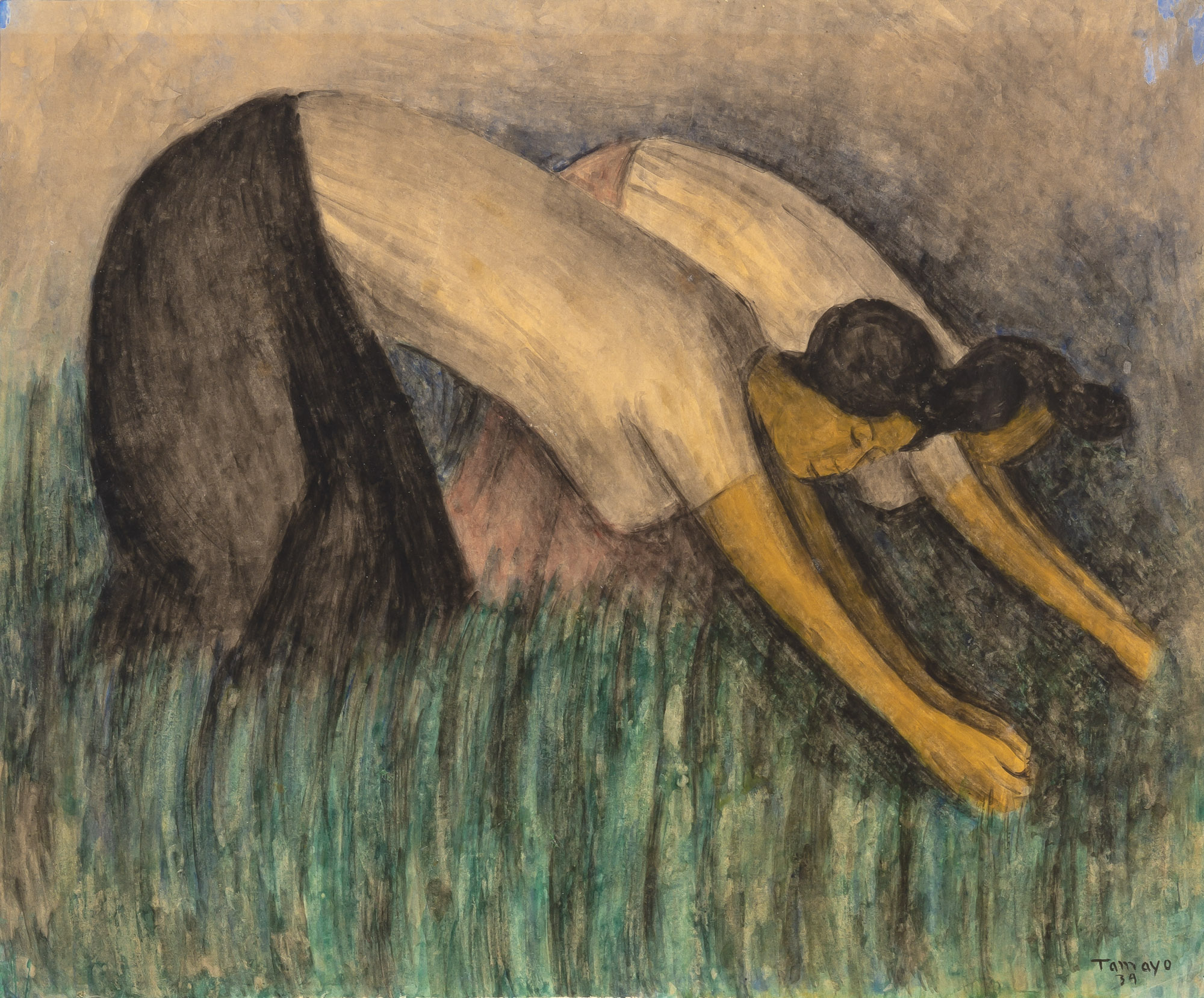
Rufino Tamayo
Mexican, 1899-1991
A central figure in Latin American art, Rufino Tamayo was a Mexican painter, printmaker, and muralist who bridged Latin American heritage with European modernism. Born in Oaxaca and trained in Mexico City, he began his career at the Department of Ethnographic Drawing at the Museo Nacional de Arqueología in 1921, where he studied and depicted Pre‑Columbian artifacts—a formative influence on his visual language.
Tamayo’s early paintings merged indigenous motifs with bold color and modernist form, setting him apart from the politically driven murals of his contemporaries. His first solo exhibition in the United States took place at Weyhe Gallery in New York City, where he lived for extended periods and absorbed Cubist, Surrealist, and Expressionist ideas.
While rooted in Mexican culture, Tamayo’s work evolved in dialogue with international modernism. He gained global recognition through retrospectives at the São Paulo Biennale in 1977 and the Solomon R. Guggenheim Museum in New York. Tamayo also collected Pre‑Columbian art intensively beginning in the 1950s and later donated much of his collection to Oaxaca, leading to the founding of the Museo de Arte Prehispánico Rufino Tamayo. He and his wife assembled a second collection of modern and contemporary artworks, which now helps guide the holdings of the Museo Rufino Tamayo in Mexico City. His art, vibrant, symbolic, and deeply personal, remains central to the history of 20th‑century Latin American painting.





